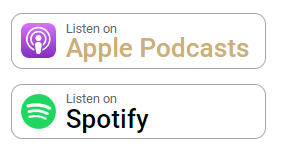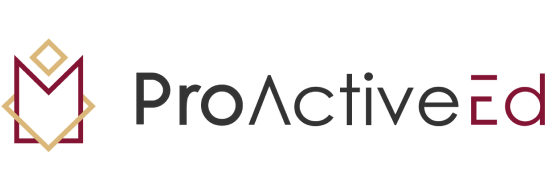
Studying the Standards (Part 1)
What are Standards?
What standards do you live by? As an educator, what do standards mean to you? Do you study standards?
In society, standards are the rules we live by. We would live in a state of lawlessness and chaos without them. If we don’t live by standards, we eliminate expectations of working toward goals or reaching any level of success or order.
Merriam-Webster defines a standard as “something set up and established by authority as a rule for the measure of quantity, weight, extent, value, or quality.” For educational purposes, standards are the minimum knowledge and skills needed to master content areas in each grade level. Standards are set by the state or country, not the curriculum we use, and not a textbook.
All educators should know the standards for several reasons. First, they give us a roadmap of our content and the expectations for mastery. If we remove the standards, we remove equity and accountability. Schools would teach anything they want, and students might leave school ill-prepared. A.T., founder of ProActive Ed. had an insightful explanation on PDinaPOD episode Studying the Standards “Standards are what gives us all a common language around what students should know and do regardless of where they’re from, regardless of their gender, their socioeconomic background, their sexual identity. It doesn’t matter. As long as we understand that all students can learn…”
The Challenges with Standards
First, state standards are written presumably, by professionals, and experts in the subject matter. As a result, when we read them initially they are not easy to understand. As industries change or scientists make advancements, standards change every three to five years to keep up with the times. Finally, a third challenge is a “cover it” mentality. Teachers often get overwhelmed by the sheer number of standards and plow through to cover everything without the necessary depth.
One way schools are handling these challenges is to identify priority standards and supporting standards. We find this approach causes teachers to prioritize standards as though some are more important than others. This approach creates yet another challenge, missing chunks of standards.
Overcoming the Challenges
The way to address these challenges begins first with a deep breath and a commitment to give yourself the time to be a student of your craft. The best teachers are students of pedagogy and content.
First, let’s redefine priority from importance to function. Rather than considering one standard more important than another, decide which standards should be taught first to support the next standard. In this way, we build a foundation of knowledge and skill that is a strong base for future learning.
The process is simple but complex and requires a shift in mindset. We have to shift our mindset from thinking that the standards are too difficult for us to understand and therefore too difficult for our students to grasp. If you are ready to make this mindset shift, look for part two as we take a look at deconstructing standards and demystifying student expectations.
ProActive Ed is bringing nuggets of wisdom for teachers and administrators to implement systems that support teaching and learning for the benefit of students across the planet.
*For more information on how and why to study standards, tune into PDinaPOD on


Contributed by Regina M. Argueta-Misra, Educational Consultant for ProActive Ed.
